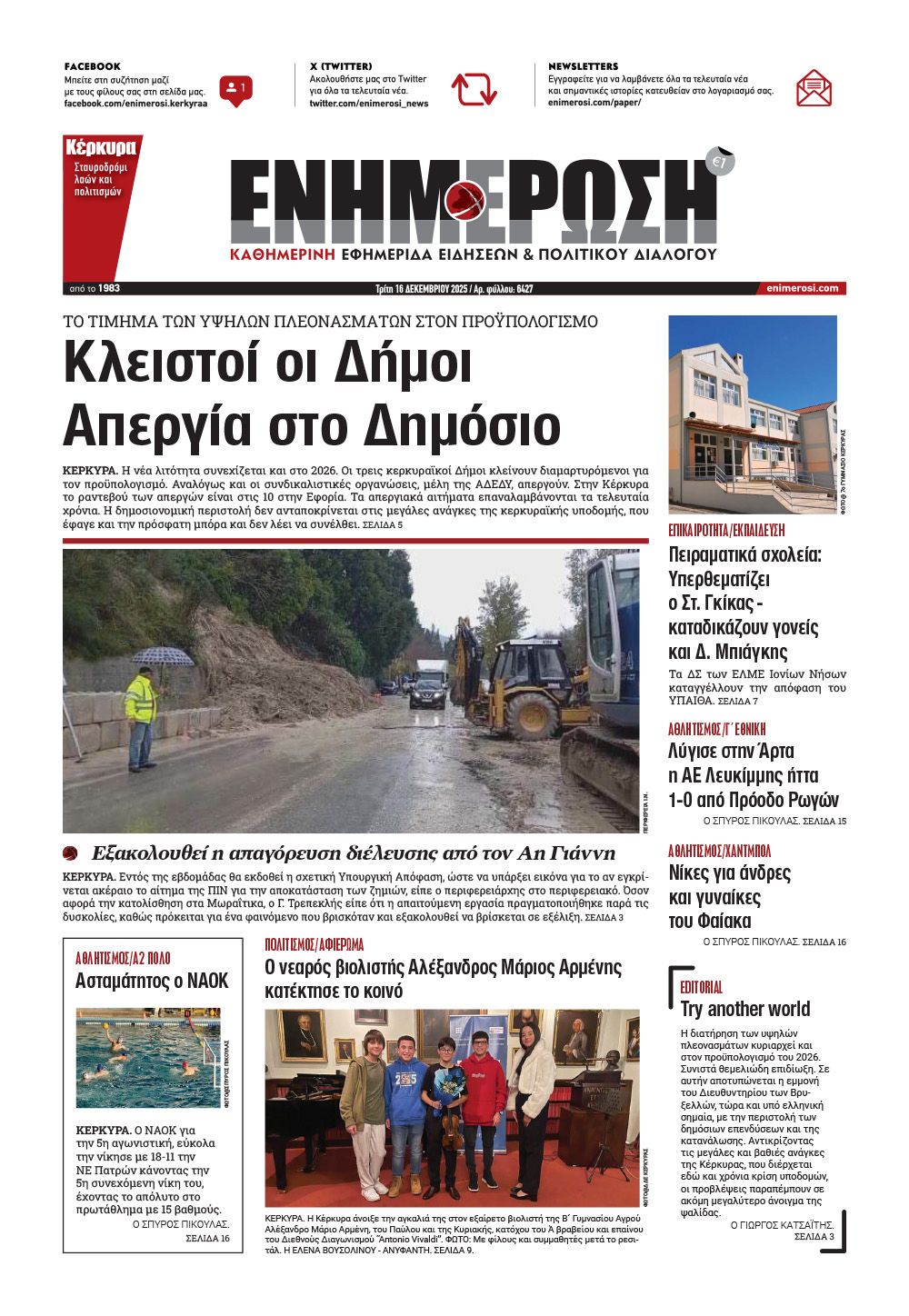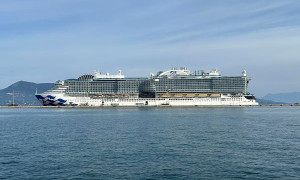4. Corfu: Delight with Profits, Ignorance of Risks?
The environmental, social, and health dimensions seem to be mostly absent from public dialogue in Corfu. What matters is the number of cruise ship arrivals and passengers.
From the dismissive view at the start of this tourist activity several years ago with the motto "forty euros per head?" we have reached today's euphoria of "how much does it bring in?"
Corfu Port Authority, based on its quantitative approach, has developed port infrastructure with new piers to accommodate as many cruise ships as possible.
It does not seem to have taken any action towards environmental consideration. Looking at the "Green Port" section of its website, the page is empty.
The civil society of Corfu seems rather weak. While it organises for some ad hoc issues (e.g., Erimitis, Garitsa Park, Mon Repos), it does not seem concerned about a holistic approach to the town's complex problems. After all, these problems collide with conflicting interests that do not allow open conflicts.
The San Giacomo Association, which could have a say, does not seem willing to get involved in hot issues, such as overtourism and its consequences. Therefore, I believe that this mindset creates rigidity in establishing a Destination Management Organisation, a very useful tool found in most tourist destinations.
Sweeping a problem under the carpet does not solve it. You place it on a scale, and depending on which side it leans, you make your decisions.













